From warehouse to dance floor: How an abandoned power station became an industrial rave venue
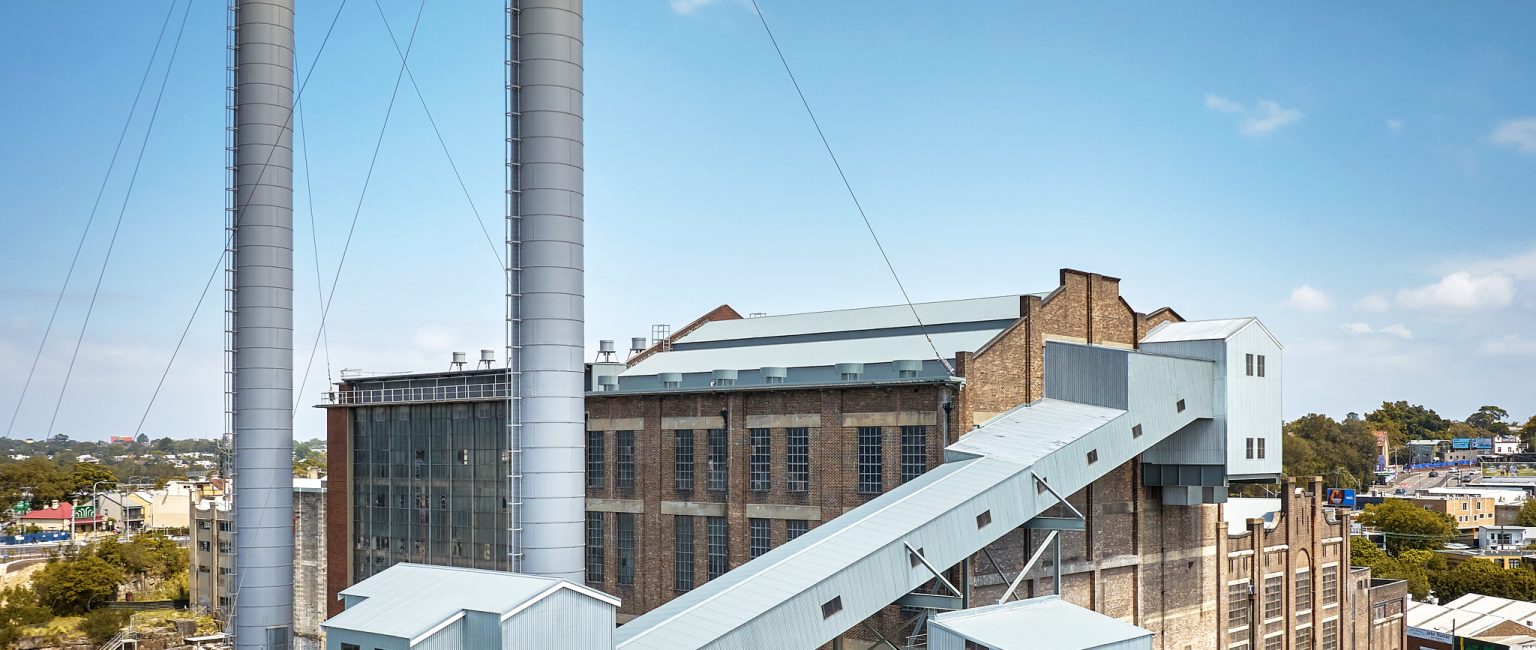
Driving west across Anzac Bridge in Sydney, it’s hard not to marvel at White Bay Power Station, the 38,000sqm heritage listed industrial landmark on Rozelle Bay.
As one of the city’s longest-running stations, White Bay once powered Sydney streetcars, tramways and homes for over six decades.
With the exception of starring in the odd Hollywood film, following its decommissioning in 1983, the impressive structure laid dormant for 40 years.
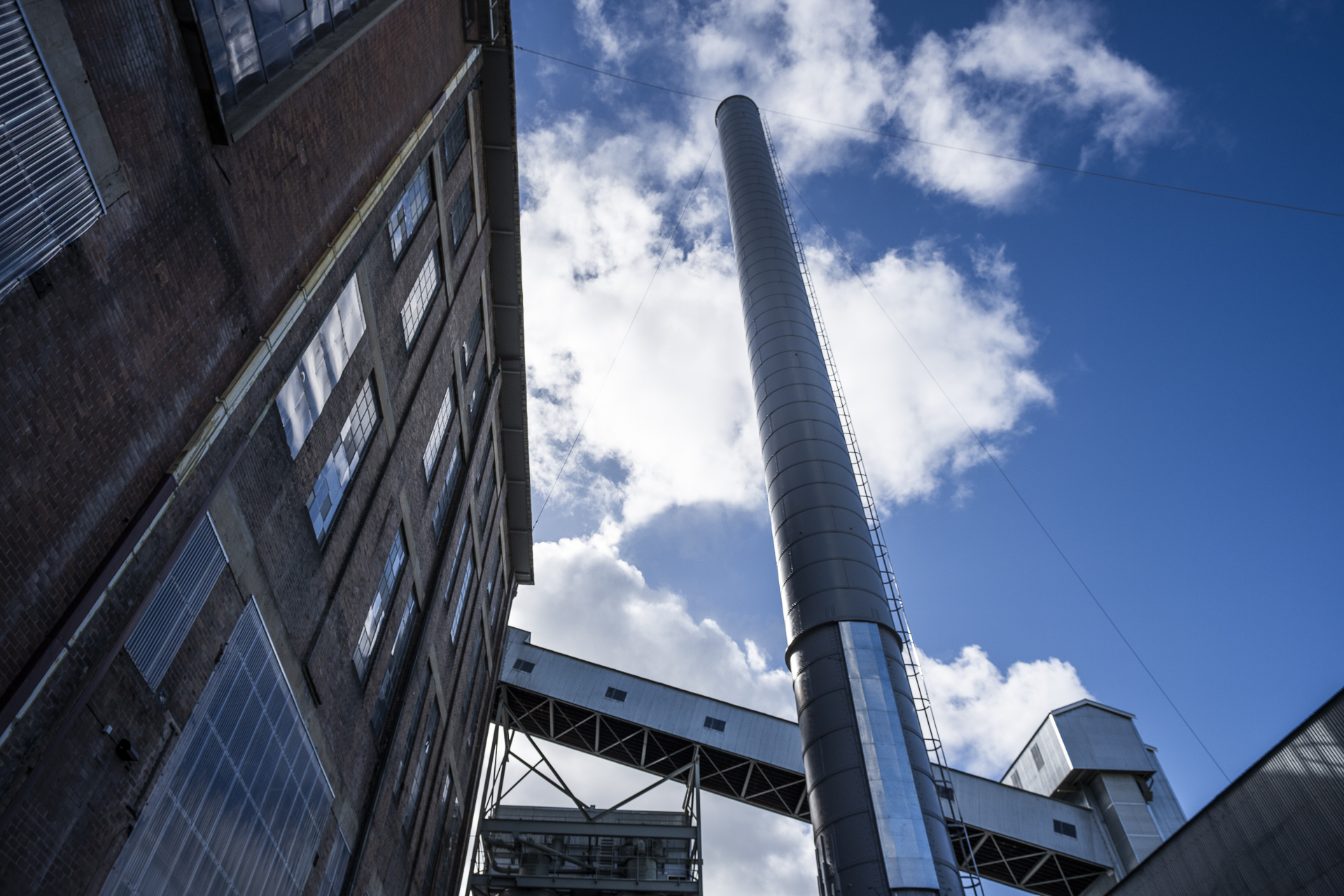
White Bay Power Station. Picture: Toby Peet
In 2023, it was resurrected as a large-scale arts and events destination and has since played host to a selection of handpicked events, from the Biennale of Sydney to Ministry Of Sound ‘Testament’ – a massive dance party which saw 5,000 punters raving to 90s house music within towering halls of preserved old world machinery.
So how exactly did an old coal fired power station become one of Australia’s greatest creative arts success stories and a prime example of adaptive reuse?
Working class beginnings
Constructed between 1912 and 1917, White Bay Power Station was built to power Sydney’s tram system and later its rail network.
Dr Wayne Johnson, Senior Manager of Archaeology at Placemaking NSW, noted that as soon as construction was completed in 1917, work immediately began to double the station’s size to electrify the suburban railway network.
“These were the days before the Harbour Bridge, which meant they had to dig a big tunnel underneath the harbour between Birchgrove and Luna Park. As the story goes, it sprung a leak a couple of times,” Dr Johnson told realcommercial.com.au.
“It wasn’t until the early 1920s when the tunnel was eventually finished and the station could supply power to the trams and trains of the North Shore, which at the time was one of the largest railway networks of any city in the world.”
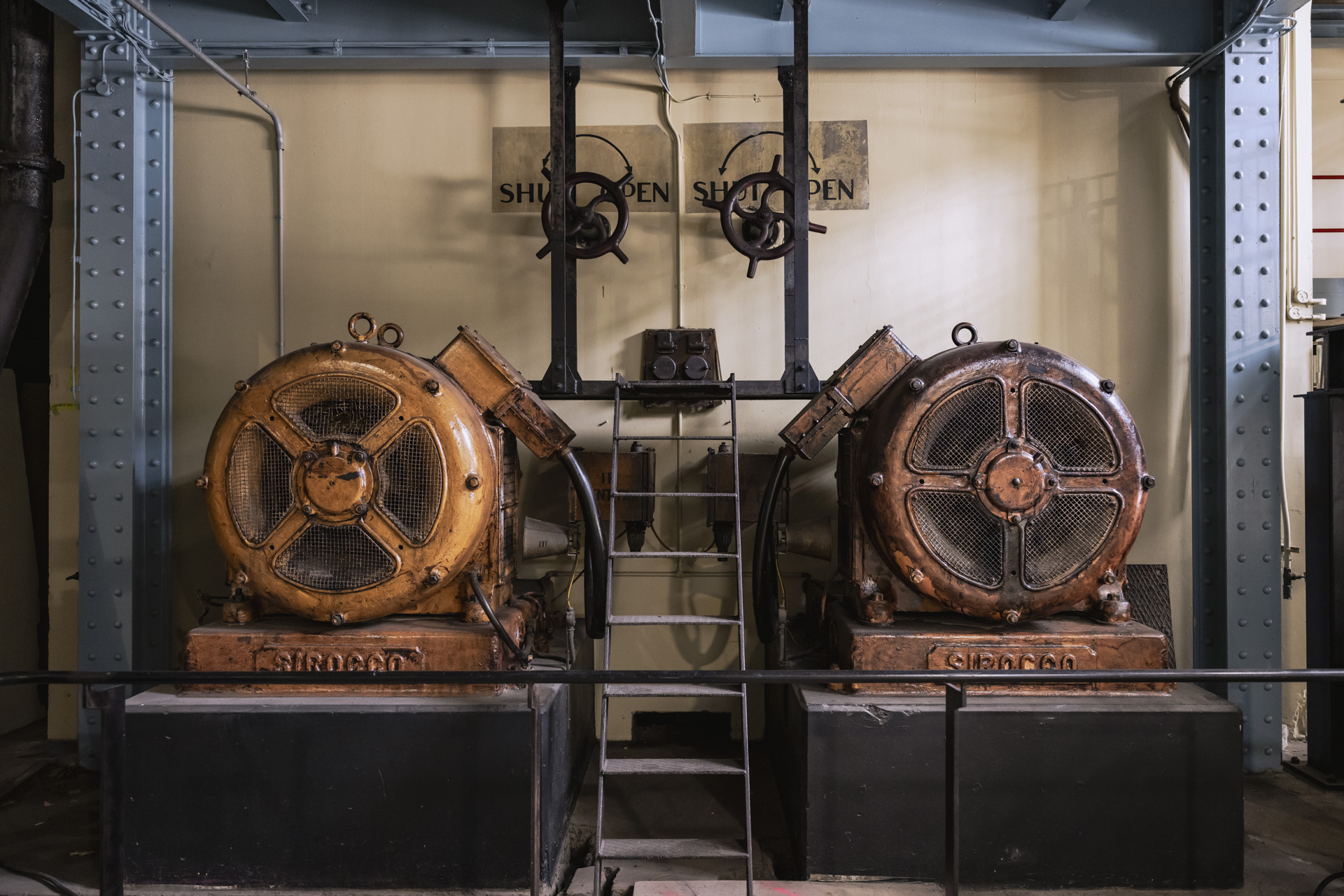
White Bay Power Station. Picture: Toby Peet
Today, the inner west bay suburbs of Sydney are full of beautifully renovated terrace homes, but back then they were considered anything but glamorous.
“Places like Rozelle, Balmain and Pyrmont were occupied by working class folks employed in industries like oil, coal and sugar, which were all concentrated around the harbour,” Dr Johnson said.
“These industries relied on water transport, both to bring in raw materials and to send out the finished products. White Bay’s connection to the bay was important because coal fired power relies heavily on water as a natural coolant.”
Surviving World War II
During the Second World War, nearby Glebe Island became a crucial staging area for US troops.
Precautions were made to ensure the survival of the essential industries required to keep Sydney functioning in the wake of an attack.
“When the Japanese midget subs attacked Sydney Harbour in March 1942, it really brought the war home and White Bay became a priority to protect,” explained Dr Johnson.
“We know this because of photographs that show mini bomb shelters being built over the turbines – basically these arched concrete shells which could protect the machinery from damage in case the buildings were bombed.”
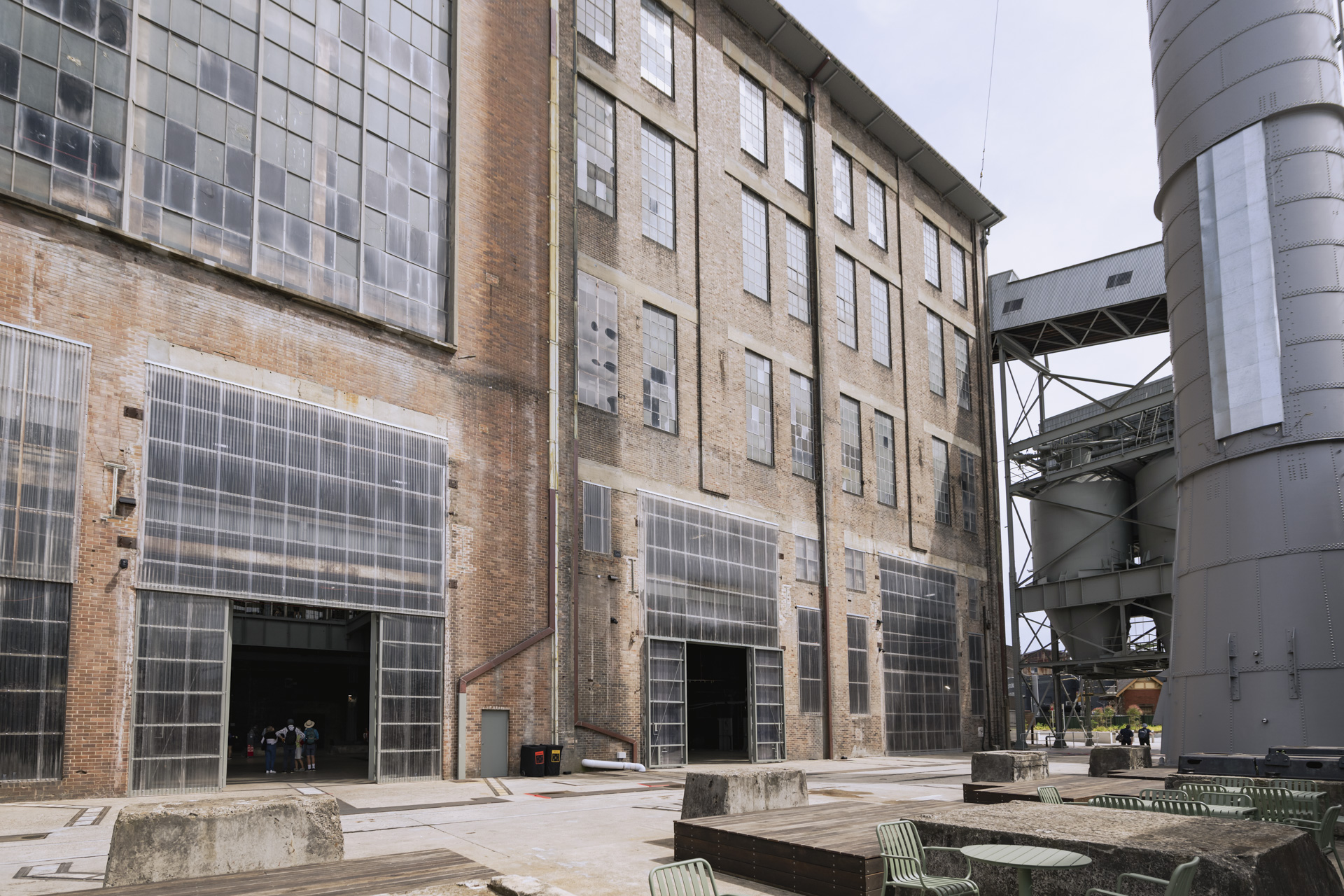
White Bay Power Station. Picture: Toby Peet
Further expansion and decommissioning
Following additional expansion and machinery upgrades throughout the 1950s, White Bay slowly adapted from powering local transport in favour of Sydney homes, and ownership was transferred to the Electricity Commission.
However, by 1956, plans were set in motion to move the construction of power stations to regional areas such as the Hunter Valley.
“There was a gradual changeover from being reliant on city-based power stations where coal had to be brought in either by rail or ship. Instead, stations were built closer to coal sources and the power was distributed to the city via high voltage transmission towers,” said Dr Johnson.
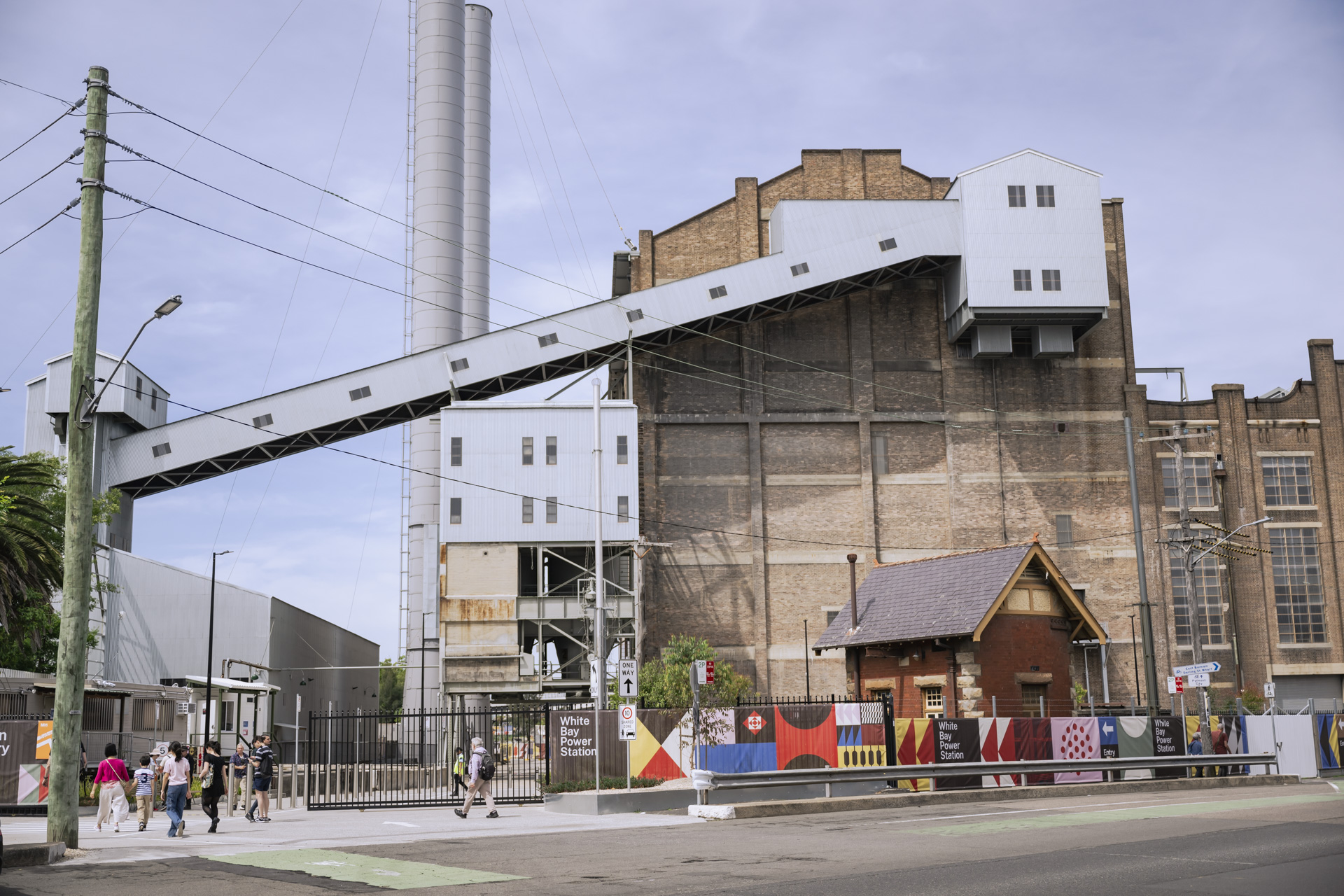
White Bay Power Station. Picture: Toby Peet
Over the next 25 years, Sydney’s city-based power stations were slowly phased out, which saw stations located in Balmain, Pyrmont and Bunnerong (Botany) all closed down and later demolished in the 1990s.
“Pyrmont Power Station became the site of Star Casino, while Balmain and Bunnerong were turned into housing developments.”
White Bay was finally decommissioned in 1983, but managed to sidestep its own destruction.
“The government realised these were important historical buildings, however the practical decision was made to only keep one of them. White Bay was chosen because at the time it was a good example of a building which had a preserved history of power generation,” Dr Johnson explained.
Hollywood, Disney and the limbo years
More than a decade into its desertion, ownership of White Bay changed hands once again, this time to Sydney Harbour Foreshore Authority – the government body that would later become Placemaking NSW.
“At the time, Sydney Harbour Foreshore Authority had been responsible for the redevelopment of The Rocks, South Eveleigh Railway Yards and other historic areas, so it had some experience in how to retain and find adaptive reuse of old industrial buildings,” noted Dr Johnson.
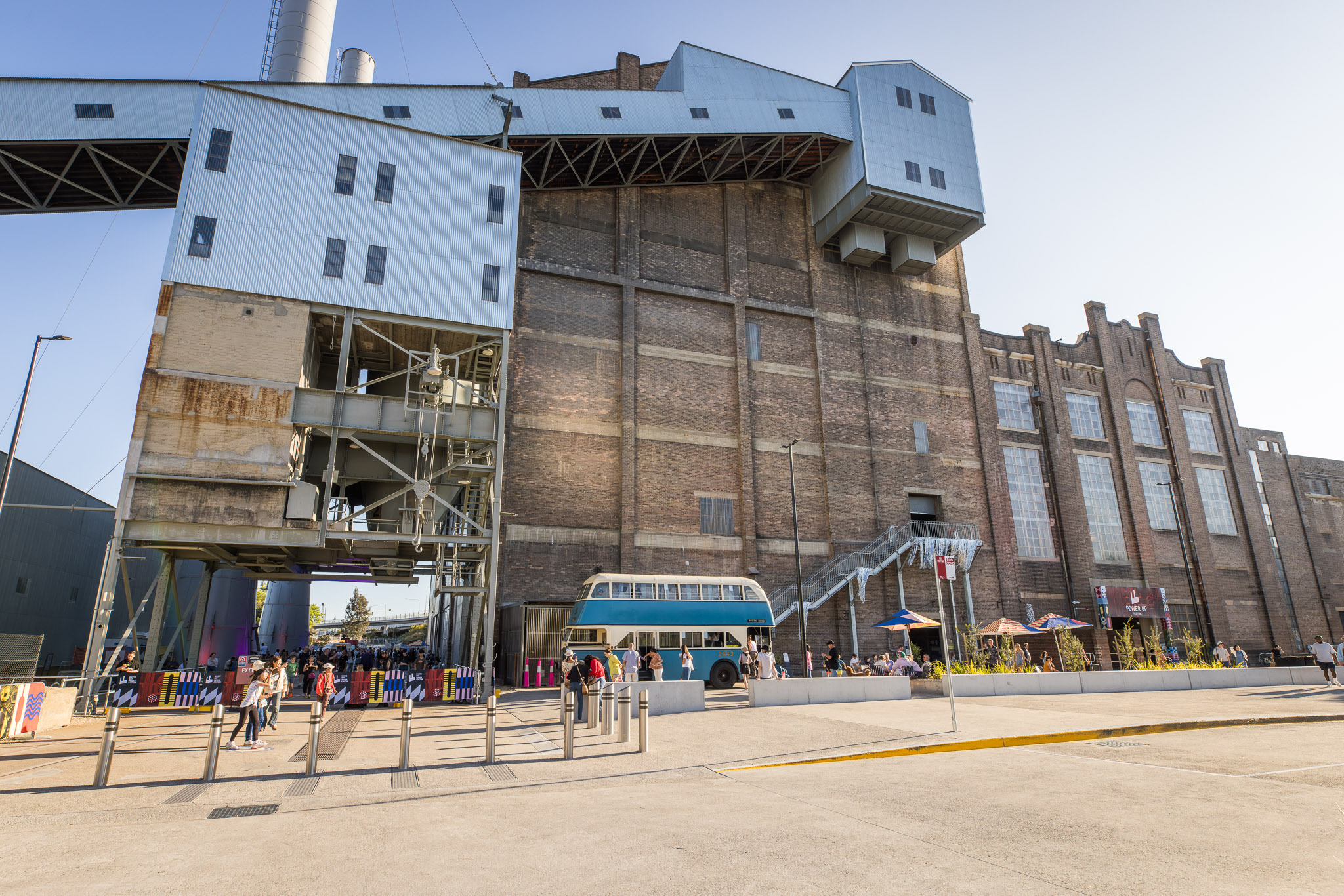
White Bay Power Station. Picture: Toby Peet
In 1999, White Bay was recognised for its heritage value and added to the NSW Heritage Register, which didn’t stop the government considering development proposals from international companies like Google and Disney.
“No developments ever went ahead, but the station did become a popular filming location for Hollywood movies such as The Matrix, Mission Impossible and The Great Gatsby,” Dr Johnson said.
“It was a popular choice for Hollywood because of the large indoor spaces and its 19th century industrial backdrop appeal.”
A ministry of sound
In 2021, a major investment into White Bay kicked off the station’s rebirth and transformation into a lively cultural hotspot.
Unwittingly, Australian director Baz Luhrmann was partly responsible for bringing the cultural potential of White Bay to the attention of the powers that be.
“When I was working at the Sydney Film Festival, Jackie (wife) and I went to the power station about 10 years ago for a wrap party for The Great Gatsby,” Craig Donarski, Manager of Arts, Culture and Creative Industries at White Bay Power Station, said in 2024.
“Baz (Luhrmann) had Bazzafied the space with mirror balls, lasers, smoke machines and dancing and DJs and bars and I thought that it would be great to get your hands on this.”
The 24th Biennale of Sydney was the first major commercial event to be held at White Bay in 2024, followed by a massive dance party, Testament, thrown by Ministry Of Sound just a few months later.
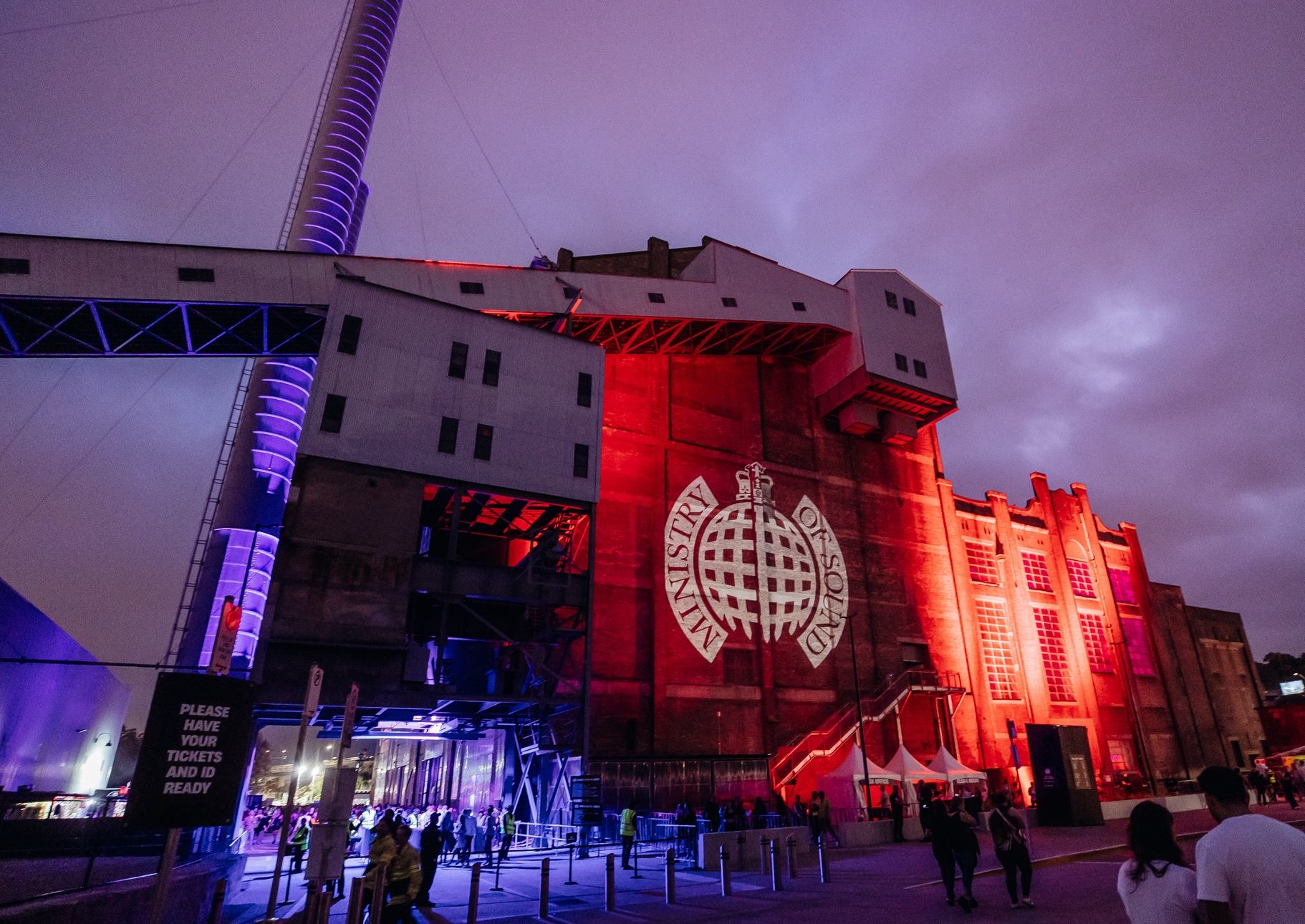
Ministry of Sound event at White Bay Power Station. Picture: Supplied
Mr Donarski said White Bay is the perfect venue to host a 90s-inspired rave.
“At many venues, you have to ‘dress’ the space to make it look great. At White Bay Power Station, all the gritty, textured surfaces coupled with the heritage Steampunk machinery, means all you have to add is lighting and the place looks incredible,” he told realcommercial.com.au.
Australian DJ, Mark Dynamix, who performed at Testament in 2024, also praised the “rave energy” of White Bay, comparing the site to the abandoned warehouses used by promoters during the city’s free party scene of the early ’90s.
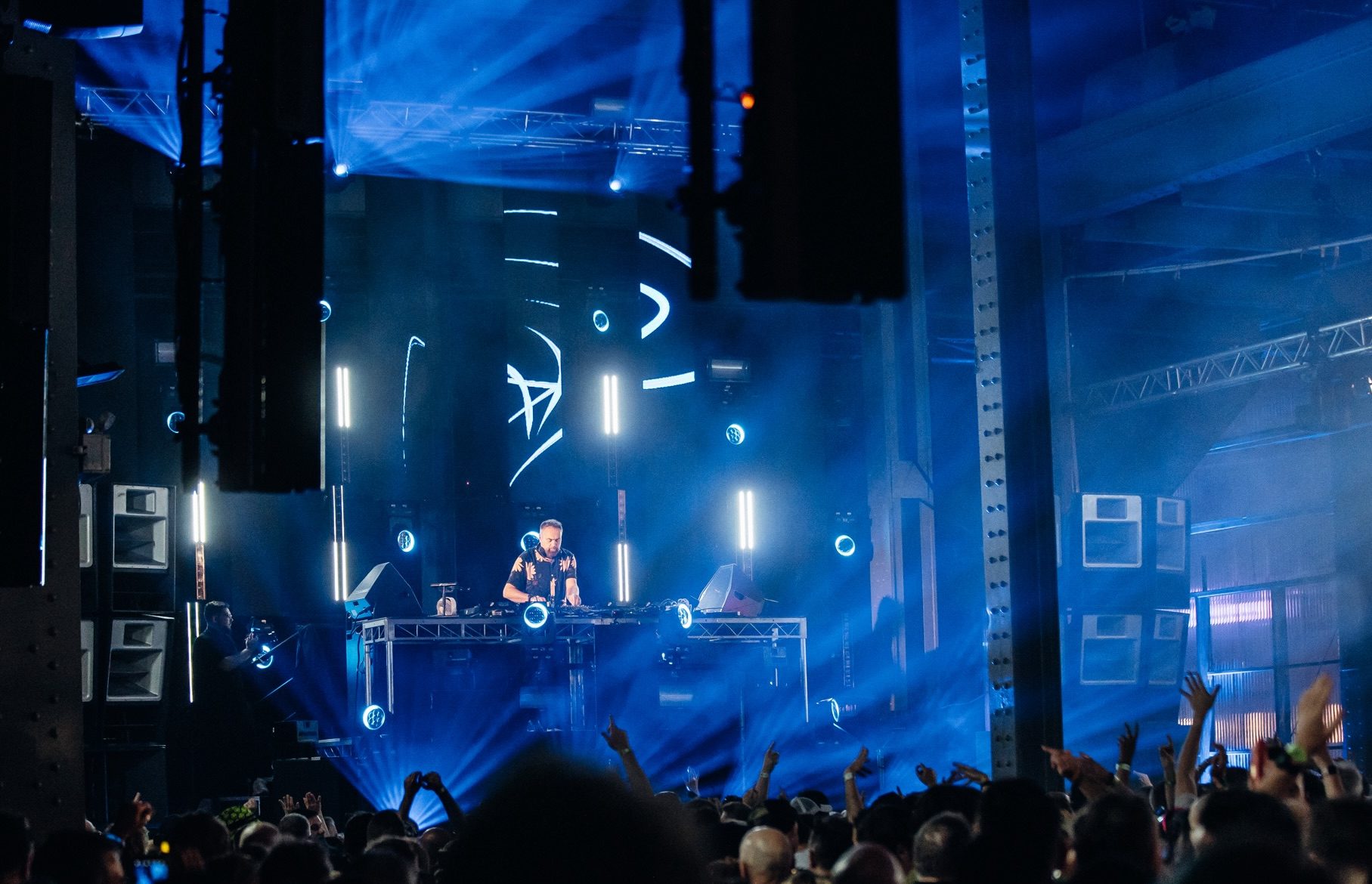
Ministry of Sound event at White Bay Power Station. Picture: Supplied
“Those venues had a raw, industrial feel; huge metal and concrete spaces with towering ceilings that made everything feel monumental, almost ethereal. The natural reverb, the cold texture of the concrete walls, the massive bolts holding staircases together, created an experience that captured the essence of electronic music at the time,” Dynamix said.
“I didn’t think I’d see a venue like that again in Sydney. I hope more buildings like White Bay open up with entertainment zoning as the city continues to recover from the impact of the disastrous lockout laws and twenty years of over-governance.”
A second instalment of the Testament dance party is set to be held at White Bay this month.
“The huge scale of the site means we can have three sound stages and dance floors operating simultaneously without it ever feeling crowded, and the first Ministry Of Sound party helped us to see the way people moved between those spaces,” Mr Donarski said.
“This year we’ll have a new layout for the location of the bars and an upgraded lighting setup. We’ve already had the opportunity to hear what it sounds like with 5,000 people inside and the audio will be fine-tuned for the best possible experience for the next event. Practice makes perfect.”

Ministry of Sound event at White Bay Power Station. Picture: Supplied
A powered-up future
The NSW Department of Planning and Environment told realcommercial.com.au an eight-part television series was recently filmed at White Bay, which is set to be broadcast nationally later in the year.
“This will showcase the venue to Australia and the world and we look forward to being able to give people everywhere a glimpse into this unique place,” a spokesperson from the department said.
But beyond TV, more planned concerts, festivals and diverse cultural offerings, what else does the future hold for the once coal fired power station.
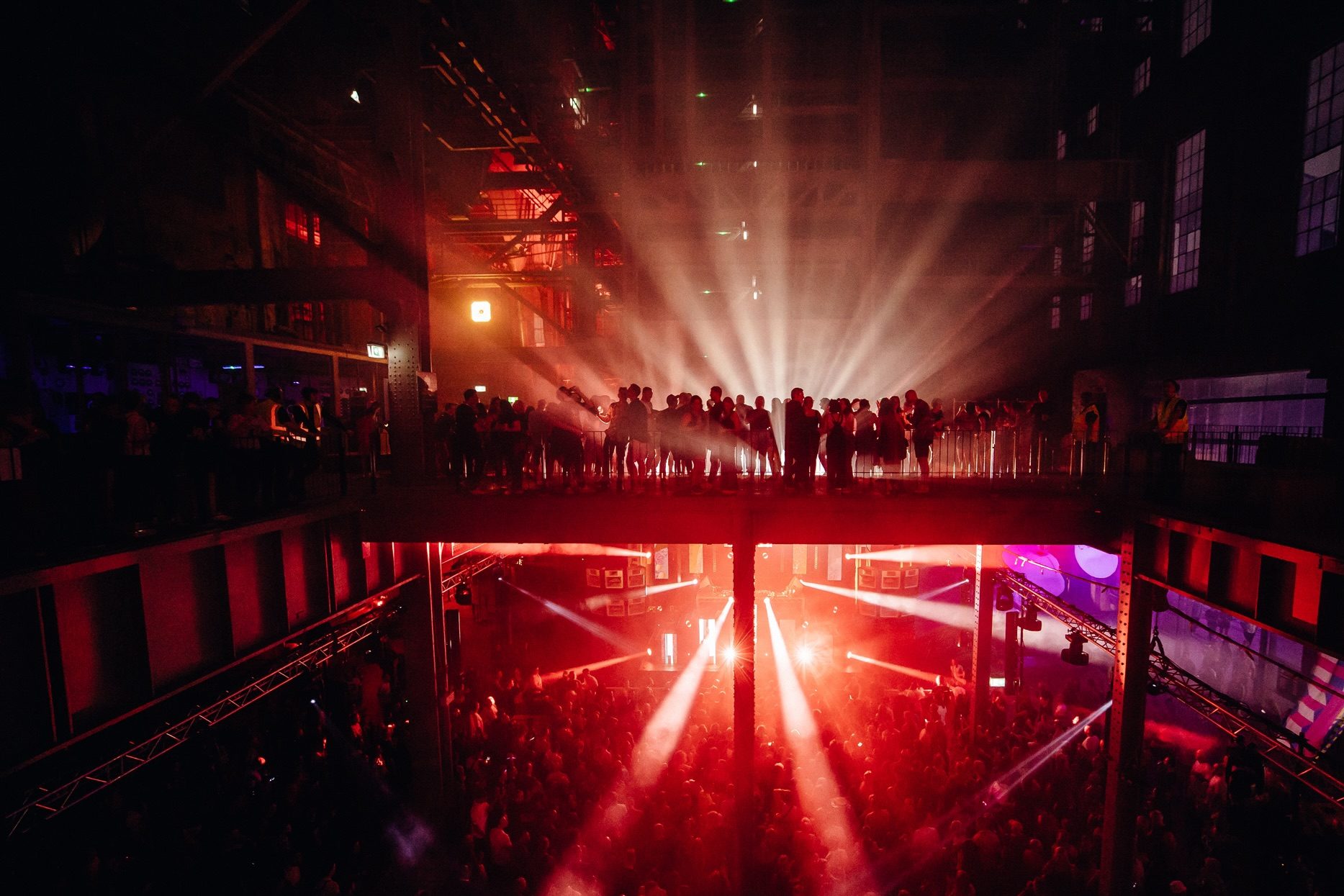
Ministry of Sound event at White Bay Power Station. Picture: Supplied
According to the Department of Planning and Environment, the capacity and functionality of White Bay is to be enhanced each year as part of the wider redevelopment of the Bays West Precinct.
“White Bay Power Station (WBPS) will be the cultural heart of the precinct’s redevelopment, connected to the city and Western Sydney by the forthcoming Bays Metro station, which will be situated right next door,” the spokesperson stated.
“By 2032, you can expect to see a well-developed civic precinct in and around the White Bay Power Station site.”







